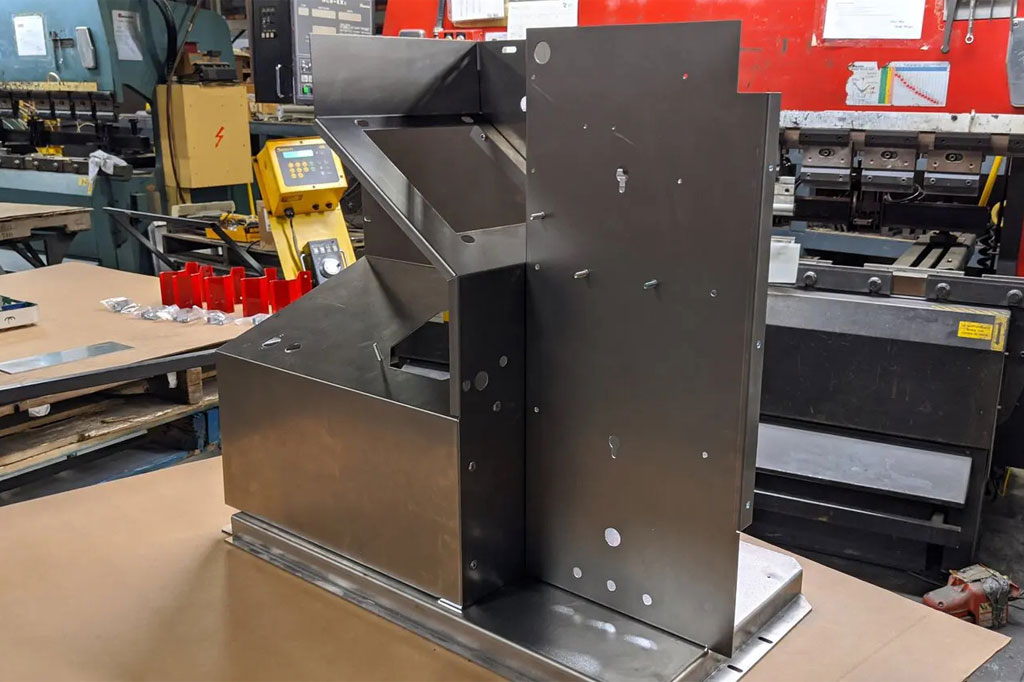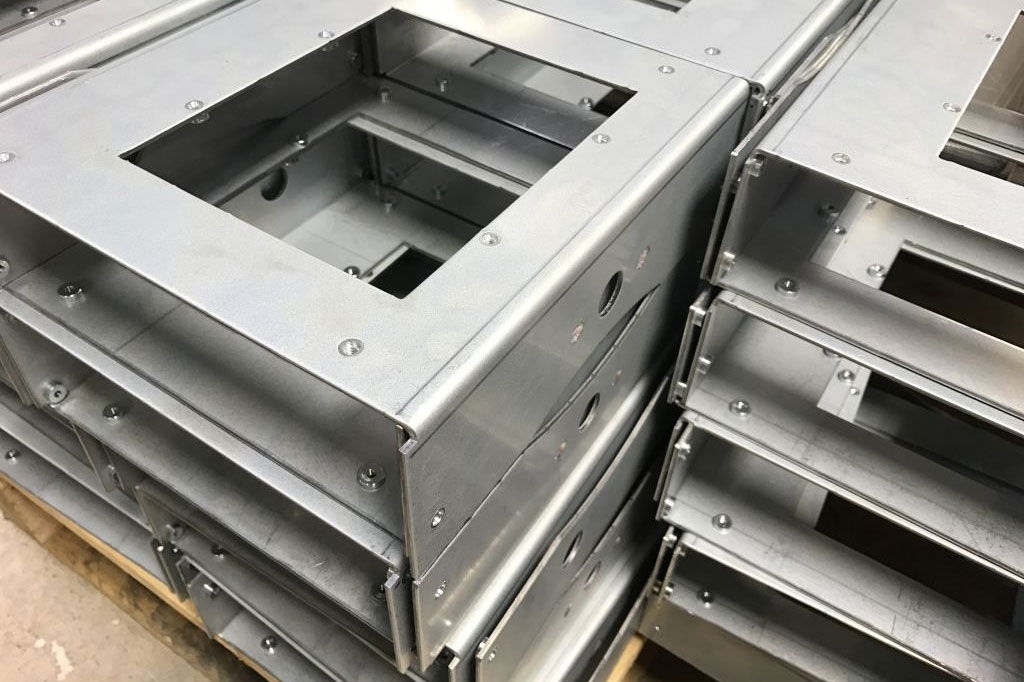At Anhua Machining, we pride ourselves on providing high-quality, precision sheet metal bending services.
Whether for industrial, automotive, or consumer applications, our streamlined process ensures your project is handled with the utmost care and efficiency.
Below is an in-depth look at our approach to sheet metal bending, step by step.
1. Initial Design
Understanding Your Needs
The foundation of any successful custom sheet metal bending project starts with understanding your requirements. During the initial consultation, we discuss:
- The purpose of the part or product.
- Material specifications (e.g., aluminum, stainless steel, titanium).
- Dimensional tolerances and end-use functionality.
This allows us to align our capabilities with your expectations, ensuring that the final product meets both form and function.
Material Selection
Whether it’s aluminum, stainless steel, titanium, or other metals, we guide you in choosing the most suitable material for strength, flexibility, and cost-effectiveness.
Design for Manufacturability
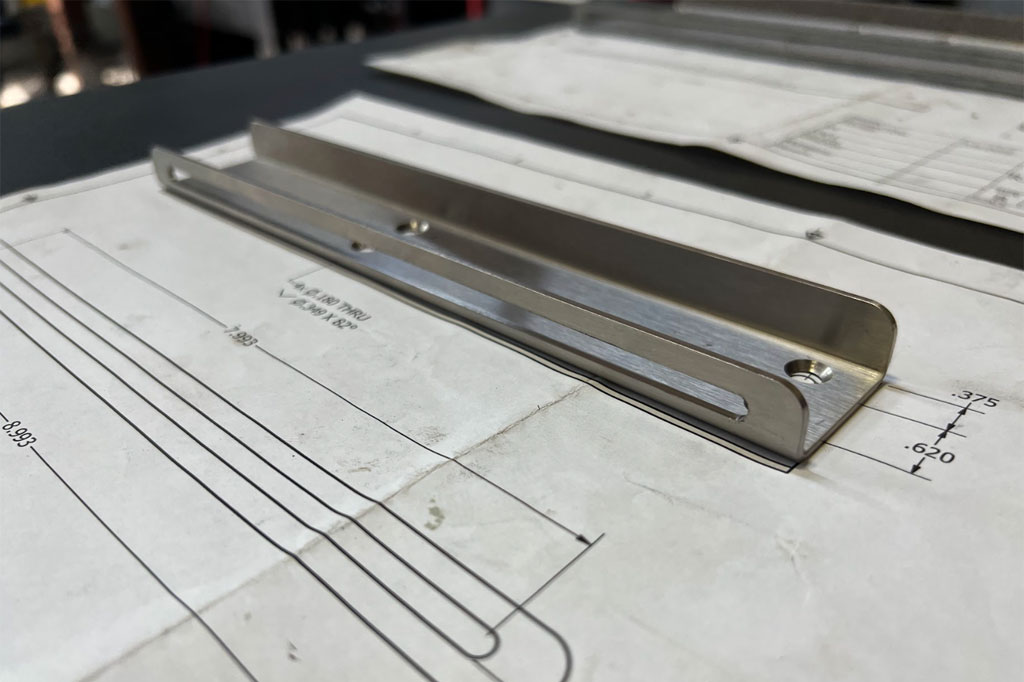
Our engineers analyze your design for manufacturability, ensuring it can be effectively and efficiently bent without compromising quality. This stage often includes:
- Optimizing bend radii to prevent material fractures.
- Adjusting the part layout to minimize waste and maximize production efficiency.
- Consider secondary operations like welding or assembly for compatibility with the bent components.
By addressing potential challenges at this stage, we reduce production delays and maintain cost-effectiveness.
2. Preparing Your File
File Format and Specifications
- For seamless communication and execution, we require your design files in industry-standard formats, such as:
- DWG or DXF for 2D designs.
- STEP or IGES for 3D models.
These formats ensure compatibility with our CAD software, allowing us to accurately interpret your design.
Incorporating Bend Allowances
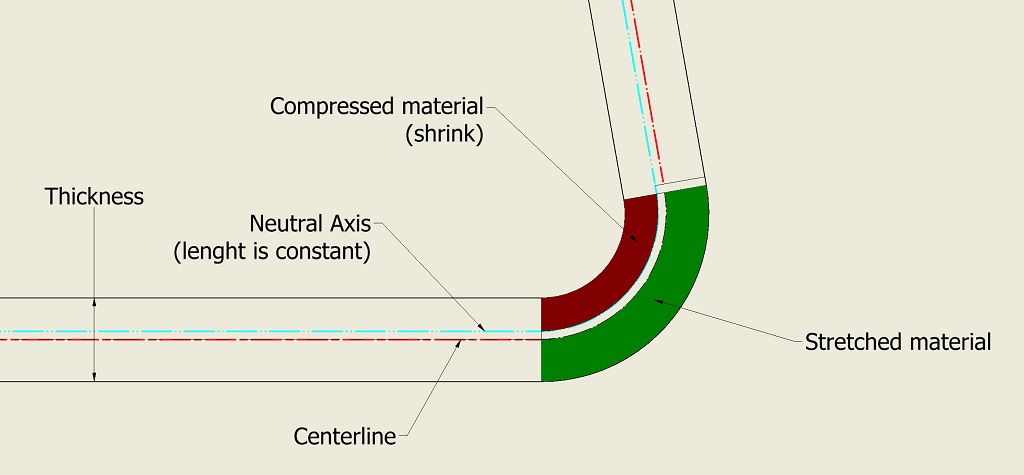
Before production, we adjust your design to account for bend allowances—the changes in length that occur during the bending process. This step ensures that the final dimensions of the part match your specifications precisely.
File Review and Approval
Once your files are prepared, our engineering team conducts a thorough review to identify potential issues, such as:
- Interference between bends.
- Incorrect material thickness specifications.
- Unrealistic tolerances.
We then provide a final draft for your approval, ensuring all modifications align with your original intent.
3. The Bending Process
Tool Selection
The bending process begins with choosing the right tools for your project. We consider several factors, including:
- Die Type: Air bending, bottoming, or coining dies based on the desired bend accuracy and force.
- Punch Shape: V-shaped, U-shaped, or custom punches depending on your design specifications.
- Press Brake Capacity: Ensuring that the tonnage and length of our press brakes align with your material and bending requirements.
Programming the Equipment
Our technicians program the press brake to execute precise bend angles, lengths, and sequences. The programming includes:
- Setting the bend order to minimize errors.
- Adjusting for spring-back to ensure the part retains its intended shape.
- Configuring press speed and force for consistent results.
Bending Execution
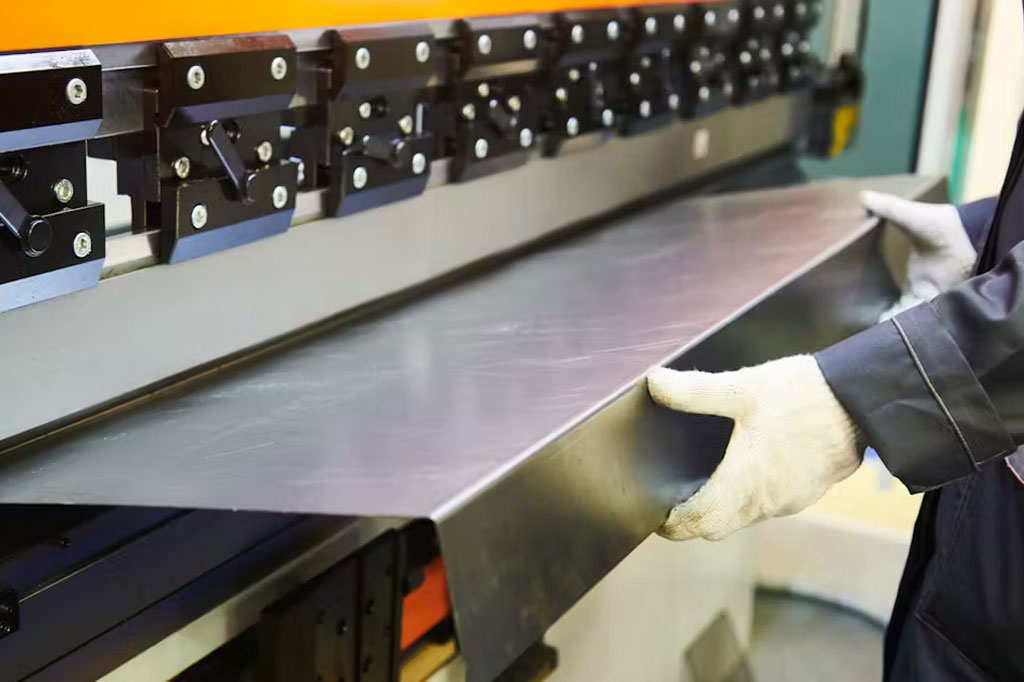
With the setup complete, the bending process begins:
- Positioning the Material: The sheet is securely clamped in place to ensure accuracy during bending.
- Applying Force: The punch presses into the material against the die, creating the desired bend angle.
- Quality Checks: Each part is inspected for dimensional accuracy and surface integrity before moving to the next stage.
Our skilled operators monitor the process closely, making adjustments as needed to maintain quality and consistency.
4. Finishing Processes
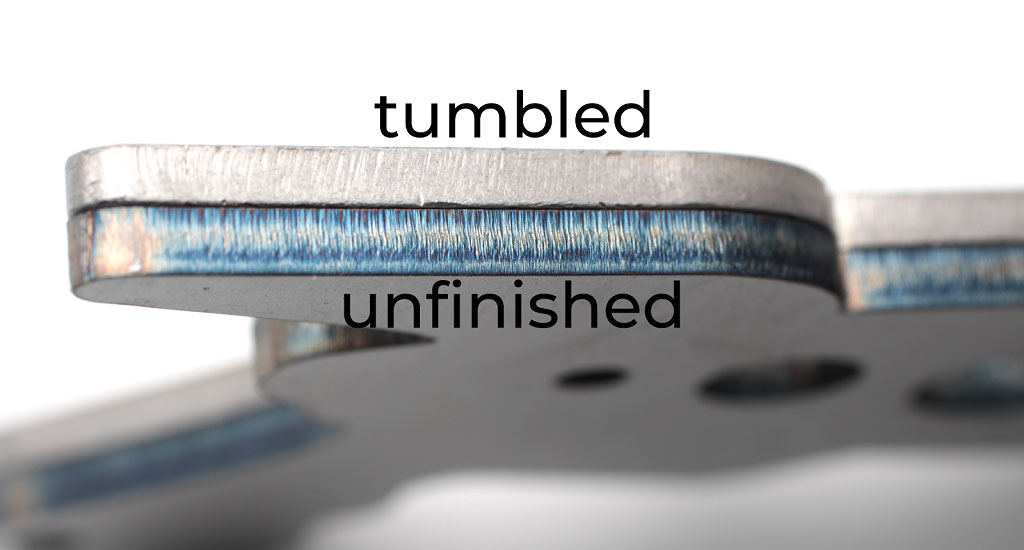
Deburring and Edge Treatment
After bending, the edges of the sheet metal may have sharp burrs that need to be removed. We use advanced deburring tools and techniques to:
- Smoothen edges for safety and aesthetic appeal.
- Prepare surfaces for subsequent finishing operations, such as coating or welding.
Surface Finishing
Depending on your requirements, we offer a variety of metal surface finishing options, including:
- Powder Coating: Adds durability and a polished appearance.
- Anodizing: Enhances corrosion resistance and aesthetics, particularly for aluminum parts.
- Polishing: Ensures a reflective and smooth finish for decorative applications.
Secondary Operations
In some cases, your project may require additional processes after bending, such as:
- Welding: To assemble multiple bent components into a cohesive structure.
- Assembly: Attaching fasteners or integrating other parts.
- Laser Engraving: Adding branding, labels, or functional markings.
Final Inspection
Before shipment, each part undergoes rigorous quality control to verify:
- Dimensions meet specified tolerances.
- Finishing meets visual and functional standards.
- The overall product aligns with your original requirements.
Why Choose Our Sheet Metal Bending Services?
At our facility, we combine advanced technology, skilled craftsmanship, and strict quality control to deliver exceptional results for every project. By following these comprehensive steps, we ensure that your sheet metal bending requirements are met with precision, efficiency, and reliability.
Whether you need a single prototype or a large production run, we are here to bring your vision to life. Contact us today to discuss your sheet metal bending project!

